Future
Where are we now
It is so important that we take this opportunity to pause and take stock of everything that took place during the pandemic, everything that was achieved. We need to process the past in order to prepare for the future.
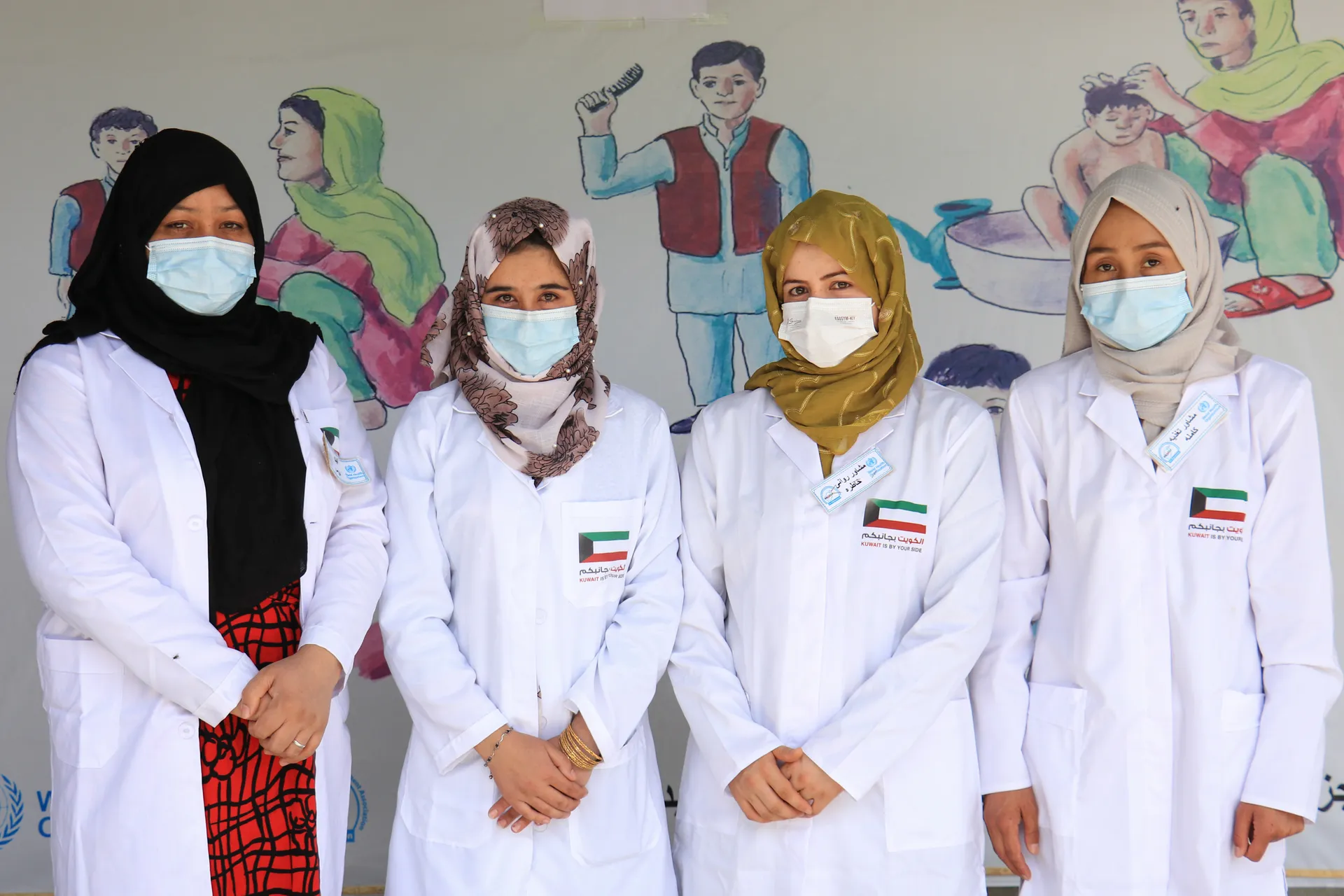
Ghazni, Afghanistan
Nurses at the Basic Health Center
If we truly want to prevent outbreaks from escalating like this, then we need to recognize infectious disease as the global health security threat that it is, and stop waiting until outbreaks occur before trying to prevent them.
What's next?
COVID-19 remains a health threat. It is vital to continue vaccinating against it, especially among specific high-risk groups, mainly adults. The focus is shifting for COVID-19 vaccine delivery
It posed questions on how to maintain and improve investments in supply chains and cold chains - on vaccine manufacturing, taking care of frontline workers and on the daily work of vaccine delivery.

Ménaka
Mali
Innovative and collaborative approaches used to accelerate vaccine rollout in low-income countries can and should be harnessed to help the whole world in preparing for future pandemics.
Moving from sprint to marathon
Mass vaccination campaigns worked during the acute phase of the pandemic. But campaigns take up a lot of resources.
While they were needed and critical, they are an expensive way to deliver vaccines. They are also disruptive to essential national immunization programs. As COVID-19 settles further into the ebb and flow of life, we must find ways to counter it that can be maintained. Ways to provide vaccines that are integrated and part of everyday services. Health care that is truly accessible. Gavi, UNICEF and WHO are providing technical and financial support to countries for strategic integration to strengthen their primary health systems. They are also working to bring integrated COVID-19 vaccine delivery and basic health services to displaced people in countries such as the Democratic Republic of the Congo. The pandemic starkly showed the need for new approaches and new mindsets. One change will be shifting perspectives on vaccine delivery: from childhood to vaccines for all ages. Being able to successfully deliver vaccines to adults will help them now, and help countries better prepare for future health threats – and for future vaccines.
Impact of a country’s health system on COVID-19 vaccine delivery
The Universal Health Coverage (UHC) index measures the average cover of a country’s essential health services, and the level of access people have to them.
Supporting the front line
Health and care workers around the world are the indispensable motor of vaccine delivery – bringing vaccines where they need to go, with great effort.
They are often overworked and underpaid - sometimes they aren‘t paid at all. They are sometimes subject to violence and harassment. The majority are women, and many come from disadvantaged backgrounds. Yet, they are seen as essential workers. They deserve decent working conditions - protection, good management, formal recognition within the health system and fair pay. UNICEF and partners are supporting countries to strengthen and integrate community health systems into formal health systems, which will build their capacities for future pandemic preparedness and response.
Hubs for manufacturing and development
Part of the legacy of the pandemic will be a renewed push for positive change in reducing the burden of vaccine-preventable diseases and outbreaks.
This is the vision of the African Union Commission and the Africa Centers for Disease Control and Prevention (Africa CDC), as they work to strengthen the national program on immunization and primary health system in AU member states to reach the more than 12 million zero-dose and under-immunized children in Africa. The African Union, Gavi, the Vaccine Alliance, and the G7 group of major industrial nations are pursuing a 10-point action plan to spur regional manufacturing diversification. The Coalition for Epidemic Preparedness Innovations (CEPI) is seeding a network of vaccine manufacturers in Global South countries, aiming to increase the world’s capacity to produce advanced vaccines against emerging outbreaks and pandemic threats in as little as 100 days. Building new places to make and distribute vaccines is key for fair and effective distribution. For equity. New facilities are in development in Rwanda, Senegal, and South Africa. WHO and its partners launched an mRNA vaccine technology hub in Cape Town. Teams of researchers and technicians from Argentina, Bangladesh, Brazil, Egypt, India, Indonesia, Kenya, Nigeria, Senegal, Serbia, Tunisia, Ukraine and Viet Nam have trained at the hub. Some have already procured equipment for commercial manufacture. Partners are getting training on stringent pharmaceutical manufacturing processes. Institutes in Argentina and Brazil are taking steps to be able to make these next-generation vaccines. They show the promise of manufacturing advanced vaccines in these regions. The goal is to bring better access to life-saving vaccines to underserved places. Doing so means more than installing equipment and technology. It means keeping and nurturing know-how.
Will there be lasting commitment and resources?
Keeping cool
The cold chain remains central to storing and transporting vaccines and prevents them from getting damaged and losing potency because of temperature excursions or deviations.
Advanced cold chain equipment found its way to many places during the pandemic where it had not been previously. It was the first, largest and fastest ultra-cold chain scale-up in history – financing, coordinating, assessing country needs, procuring and delivering a total of 1320 UCC freezers to 81 countries by 2022. This made the delivery of mRNA vaccines to low-and middle-income countries possible in a short period of time, with reinforcement of vaccine and waste-management capacity within the countries. 47 countries were also globally engaged in strategic planning for the solar electrification of approximately 30 000 health facilities to strength primary health services. Going forward, countries will need to assess the continued need for ultra-cold chain freezers, depending on COVID-19 vaccination activities in the respective countries, and take into consideration repurposing options as well as future pandemic preparedness.
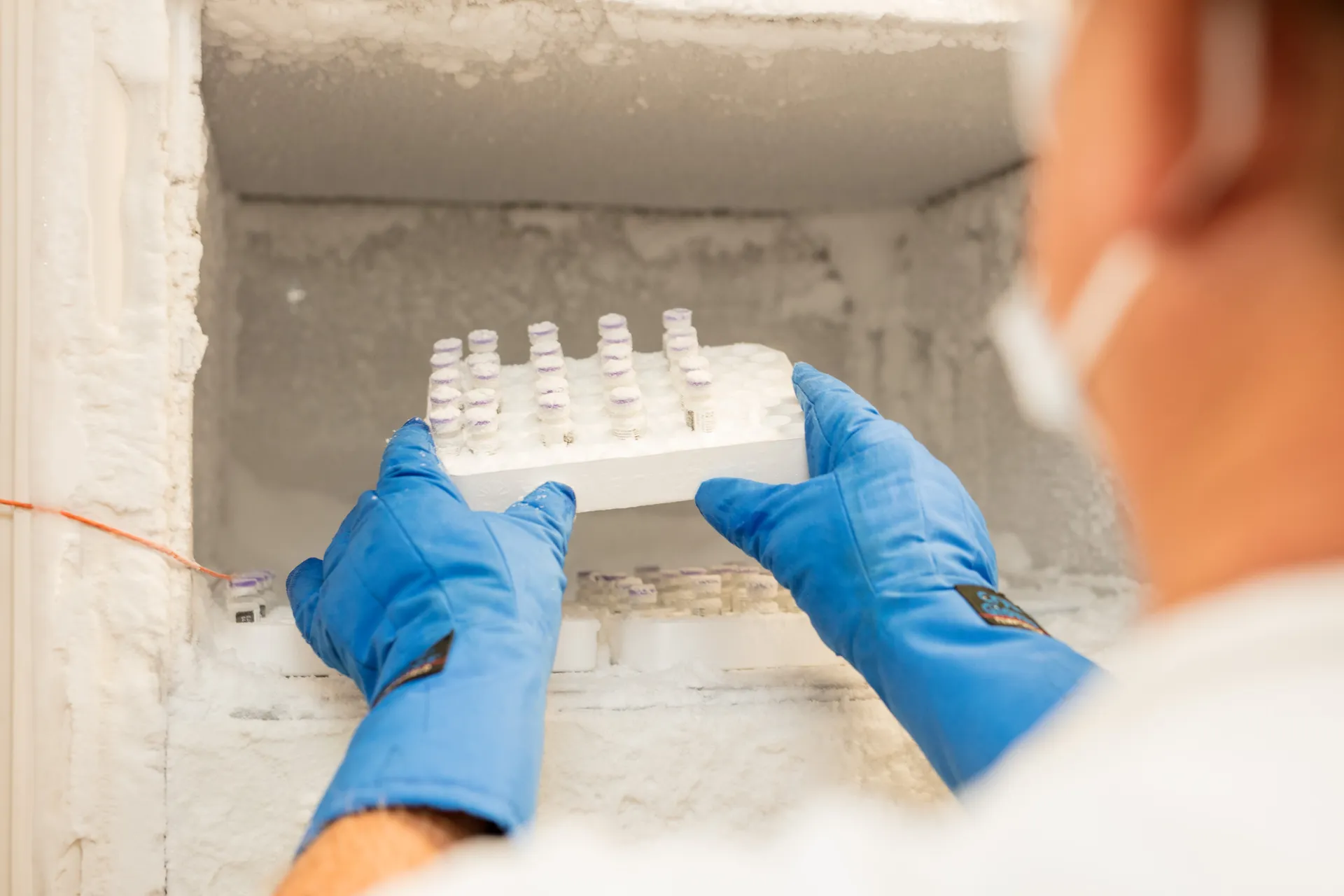
Vaccine cold chain storage at -80°C at a hospital in French Polynesia.
Information is power
Successful vaccine delivery relies on planning logistics at the most local level.
Knowing where the people are who are most in need of vaccines. Making sure communities are educated. Finding the right places at the right times. Making sure when the people are there and want to be vaccinated, the supply is there to make it possible. Improving the use of data and analytics can boost access to vaccines; offer better and more timely understanding of vaccine uptake and stock levels; and better gauge demand.
Improving data systems helps disease surveillance and early outbreak detection. It helps to measure vaccine efficacy, and to reach the high-risk groups that have not yet been offered access to vaccines.
That’s why we see initiatives like Africa CDC’s Pathogen Genomics Initiative. It made use of the COVID-19 emergency to boost training in genetic sequencing and data analytics, and to deliver equipment for hundreds of technicians and scientists around the continent. This should improve public health surveillance and scrutiny of disease outbreaks. Improved access to information is also seen at the country level, where partners are supporting countries in moving from paper-based systems to electronic immunization registries. These registries capture individual-level information on vaccines delivered; they display immunization performance information at health centre, sub-national, andnational levels. This means vaccination centres can easily verify vaccine uptake across groups, enabling them to reach those targeted. In Kenya and Uganda, the Africa Population and Health Research Center is working to develop a mobile-phone-based digital vaccine card. The pandemic spurred major leapfrogging in digital technologies for vaccination records and tracking analytics. Other advances include the use of geolocation within apps to track routine immunization coverage in rural and remote places. In the future, we’ll need more effective linking of data sources between and among organizations working to deliver vaccines. It’s necessary in order to act more quickly on information about country targets, demand and available stock. As we recover from the last pandemic and work to prevent a future one, continued investment in information systems for vaccination and disease surveillance is critical, including through strengthening community and primary health systems.
Listening to the people
The Country Readiness and Delivery team (CRD) and COVID-19 Vaccine Delivery Partnership (CoVDP) made strides in developing systems and mechanisms to listen and respond to communities with agility, and generate evidence in order to understand barriers to uptake among specific groups.
These mechanisms have provided a foundation for future emergency preparedness. Investments in scaling people-centred approaches created an opportunity to co-create and co-design solutions with communities and has become an entry point for strengthening public health systems as a key community engagement strategy. More investments are needed to make vaccination easy and convenient. Additionally, communication around acceptance of vaccination by communities needs clearer messaging. Evidence must be presented in a compelling, people-centred way that encourages priority groups to value and seek recommended vaccines.

Budapest
Hungary
The challenges of the global COVID-19 vaccination delivery led to some of the greatest learnings of our lifetime around quickly organizing and implementing integrated mass healthcare campaigns.
The vital last mile
The COVID-19 pandemic showed many facets. Many were appalling: the excess and needless death; the economic and vast social costs; the distrust, fear and misinformation.
But the response was also astounding. It was faster, more effective, and more far-reaching than anything seen before in the face of such an emergency. We were able to use technologies and resources in amazing ways, and through partnerships among private and public sectors, civil society organizations, multilateral agencies and countries. They were not always easy to maintain and direct, but they were crucial to successful vaccine delivery.
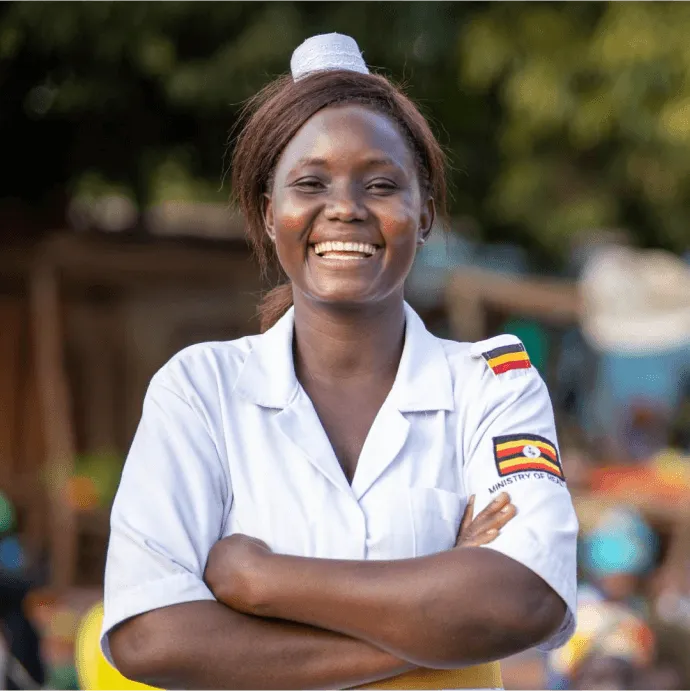
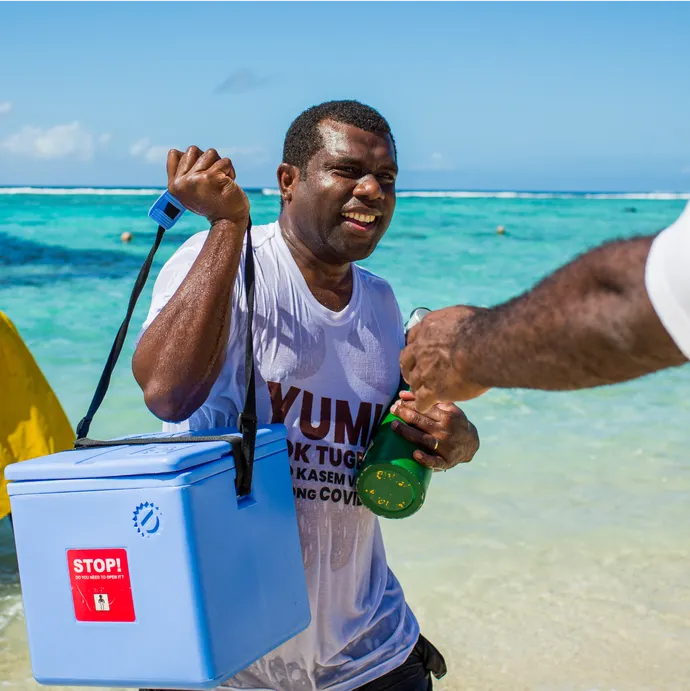
We were lifted by human resilience, strength and ingenuity.
It was sometimes not enough. We saw the dire effects of inequality in vaccine access and distribution. In spite of longstanding efforts to better prepare for health emergencies, the COVID-19 pandemic was a profound and shocking experience. It was eye-opening. And it showed that, however amazing, a vaccine is only good if it is delivered.

